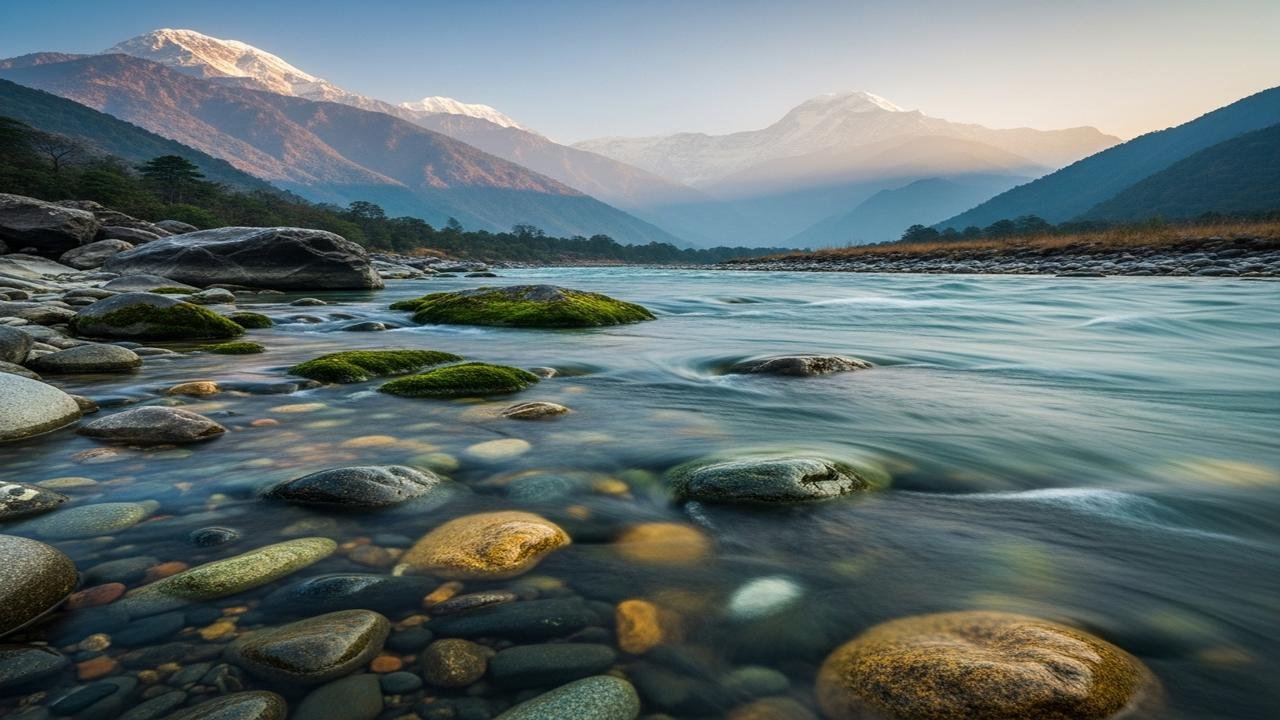Ganga water incorruptible: Himalayan minerals and grace

Why Is Ganga Water Considered Incorruptible?
Many Indian homes keep a small bottle of Ganga jal near the family altar. My grandmother would pour a drop into the morning water, touch it to her eyes, and smile. “This water never spoils,” she would say, “because it carries the blessing of the Mother.” Across centuries and across oceans, that belief has stayed fresh—just like the sacred water itself.
In our stories, the sacred river Ganga descends from the heavens through the matted locks of Lord Shiva, answering the intense prayer of King Bhagiratha. This descent is more than a miracle; it is a symbol. Ganga stands for grace that flows from the highest realms to wash human sorrow, ego, and fatigue. When people ask why Ganga water is “incorruptible,” they are really asking why this grace seems to stay alive in a little bottle, month after month.
In simple words, “incorruptible” means it resists decay. Our ancestors noticed that Ganga water stored properly remained fresh longer than ordinary river water. They saw it stay clear, smell clean, and taste the same over time, and they passed down this trust through pujas, vows, and everyday rituals.
There is a spiritual reason. Devotees see Ganga jal as a living presence. It is touched by Shiva, invoked by Bhagiratha’s penance, and praised in thousands of prayers on her ghats. When we whisper a sankalpa holding Ganga water, our intention feels anchored. The water becomes a carrier of purity, forgiveness, and new beginnings. In this way, its “incorruptibility” is the soul’s assurance that divine help does not fade.
There is also a down-to-earth reason. Flowing from the Himalayan lap, the Ganga gathers special minerals. Sunlight, movement, and nature’s own balance help the water stay fresher. Traditional knowledge even speaks of tiny natural “helpers” in the river that keep harmful germs in check. We need no heavy science to honor what generations observed: with care, Ganga water remains clear and usable for long. Of course, we must be mindful of pollution and always treat the river with respect.
How Ganga Jal lives with us
- In daily puja, a few drops purify the altar, flowers, and mind.
- During sankalpa, it seals promises made before God in weddings, vratas, or new beginnings.
- At housewarming, Ganga water is sprinkled to invite auspiciousness.
- On Ganga Dussehra and Kartik Snan, devotees worship the river for forgiveness and inner cleansing.
- In abhishek of Shiva lingam or Vishnu, Ganga jal symbolizes bathing the deity with the world’s purest flow.
- In final rites, a sip or a sprinkle of Ganga jal honors the soul’s onward journey.
Storing and honoring Ganga water
- Keep it in a clean copper, silver, or glass vessel with a tight lid.
- Store it in a sacred spot, away from dust and direct heat.
- Do not touch the mouth of the bottle; pour with care and reverence.
- Placing a Tulsi leaf inside is a beautiful, time-tested practice.
- If you must return it, never pour into a drain; offer it to a plant or back to a clean water body.
Modern life, ancient river—today, families carry small vials of Ganga jal across continents. A drop in bath water on festival mornings connects us to home. Yoga practitioners see the Ganga in their inner life: when breath flows freely, mind becomes clear, and the heart feels washed of bitterness. And as children of this river, we share a duty: to keep her free of waste and plastic, to support clean-up efforts, and to pass on both devotion and responsibility.
A closing thought
Ganga water is called incorruptible because it refuses to let faith go stale. In every drop is a story of descent, compassion, and courage. The next time you hold Ganga jal in your palm, pause and listen. Perhaps the river is whispering: “Flow beyond fear. Let go. Become clear.” May that clarity guide our actions, our words, and our love.
